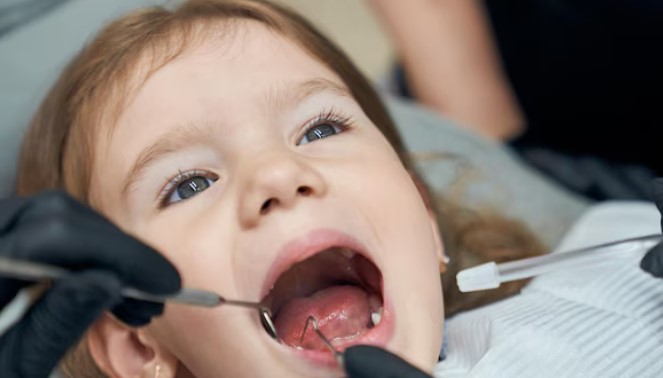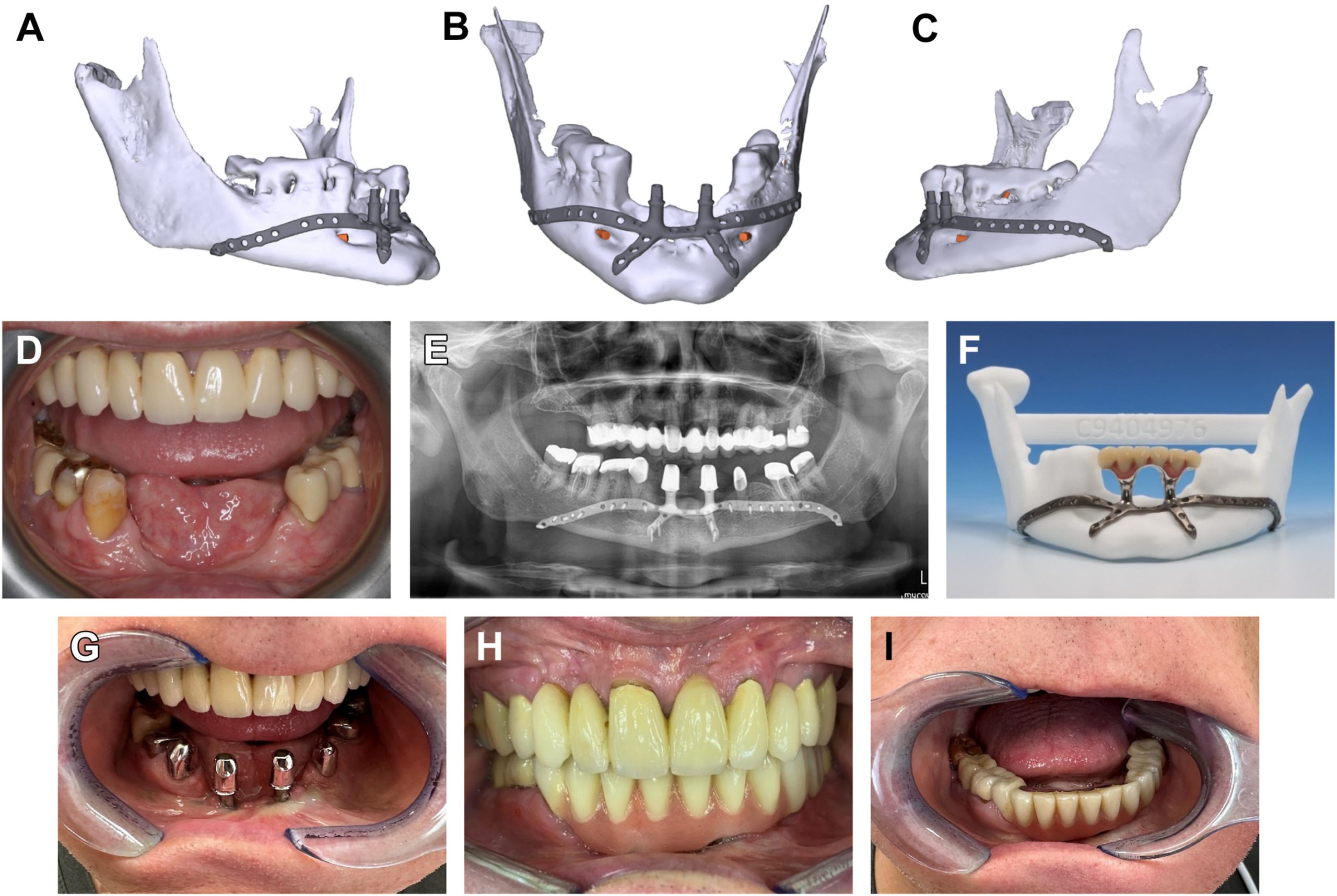
3D Printed Implants
3D printing is revolutionizing dental implant procedures by enabling the creation of custom-fit, precise, and often more efficient dental implants and related components
Read
more
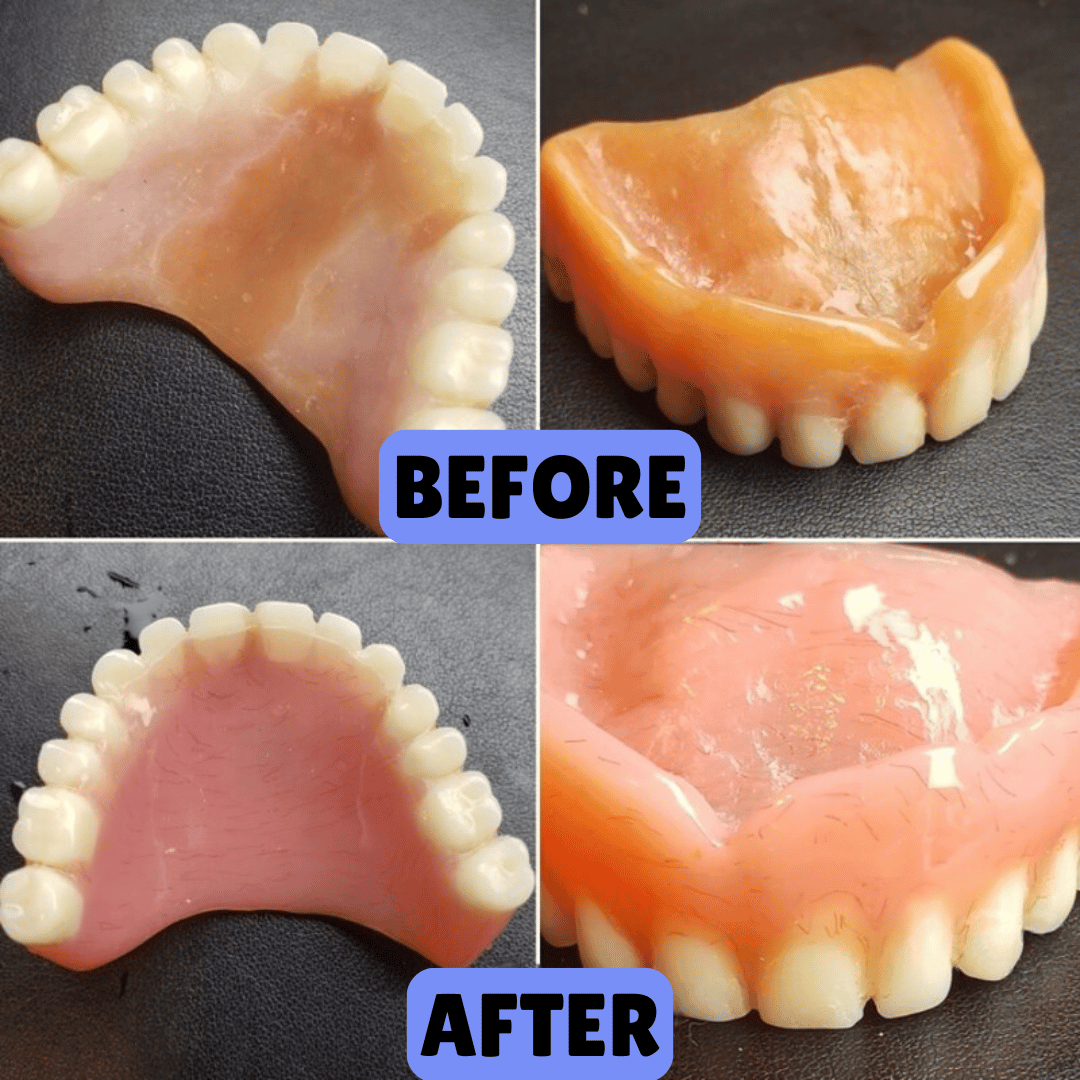
Relining & Rebasing
Denture relining and rebasing are procedures used to improve the fit and comfort of dentures
Read
more

Guided Bone Regeneration (GBR)
Guided Bone Regeneration (GBR) is a surgical procedure used in dentistry to rebuild lost jawbone, often in preparation for dental implant placement. It involves using a barrier membrane to create a space that allows bone tissue to grow, while preventing the ingrowth of soft tissue.
Read
more
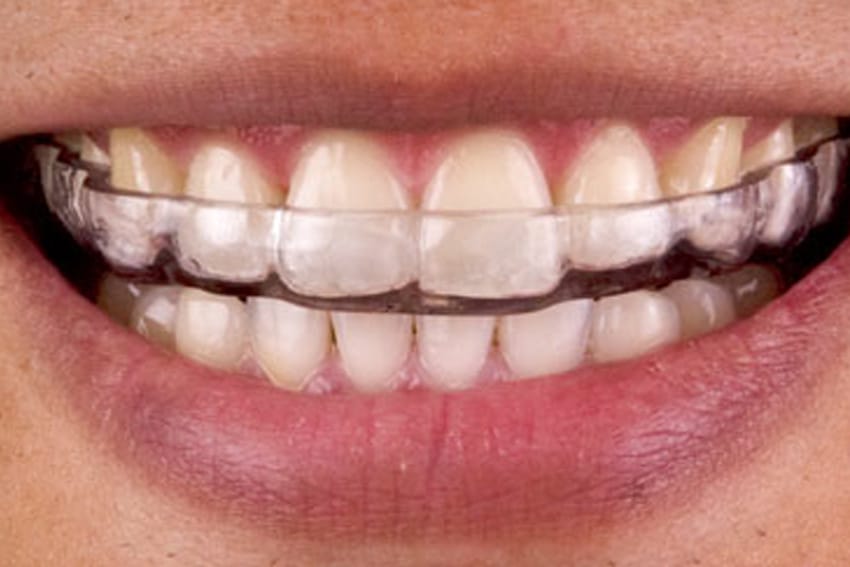
Night Guard
A night guard, also known as a mouthguard or dental guard, is a custom-fitted oral appliance worn at night to protect teeth from damage caused by grinding or clenching (bruxism).
Read
more
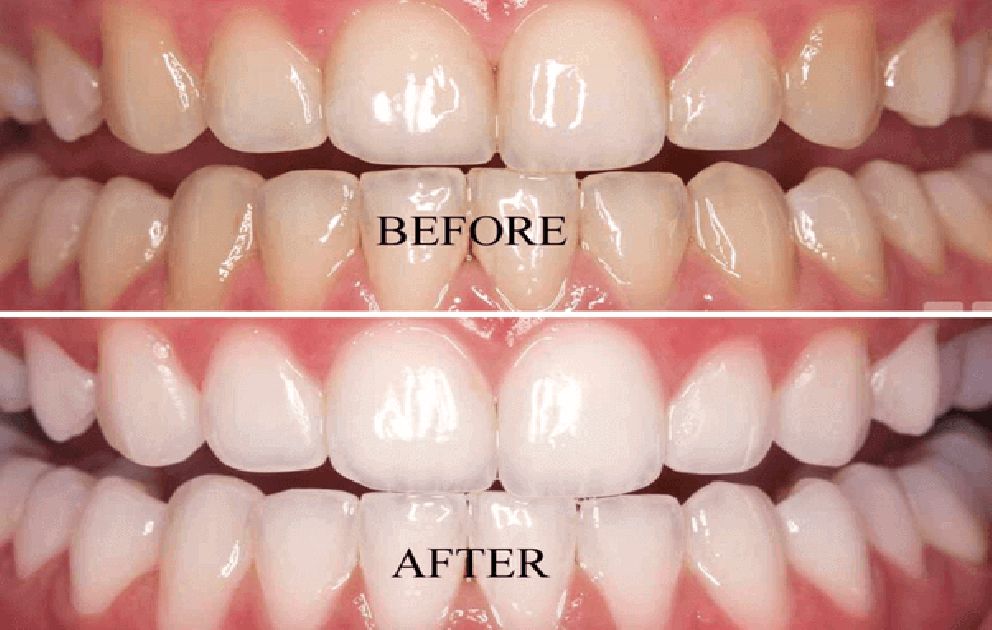
Bleaching
Tooth bleaching, also known as tooth whitening, is a cosmetic dental procedure that aims to lighten the color of teeth.
Read
more

Veneers
Dental veneers are thin, custom-made shells that cover the front surface of teeth to improve their appearance. They are a cosmetic dental procedure that can address issues like discoloration, chips, cracks, or slight misalignments.
Read
more
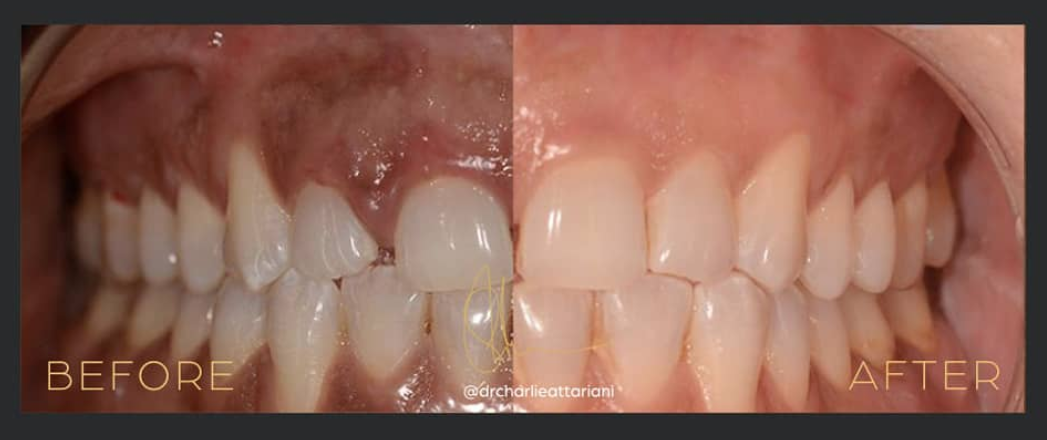
Depigmentation
Dental depigmentation, also known as gum depigmentation or gingival depigmentation, is a cosmetic dental procedure aimed at reducing or eliminating dark spots or patches on the gums caused by melanin hyperpigmentation. This procedure aims to restore a more natural, pink appearance to the gums.
Read
more

Gingivoplasty
Gingivoplasty is a dental surgical procedure that reshapes the gum tissue to correct deformities or improve aesthetics
Read
more
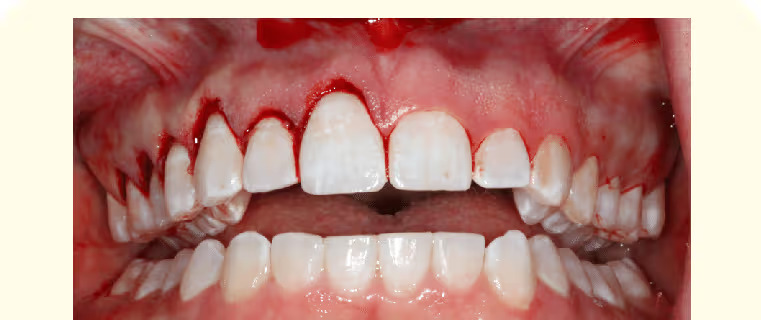
Gingivectomy
A gingivectomy is a dental surgical procedure that involves the removal of gum tissue, either for therapeutic or cosmetic reasons. It can be used to treat gum disease by eliminating periodontal pockets or for aesthetic purposes, such as reshaping the gum line for a more pleasing smile.
Read
more
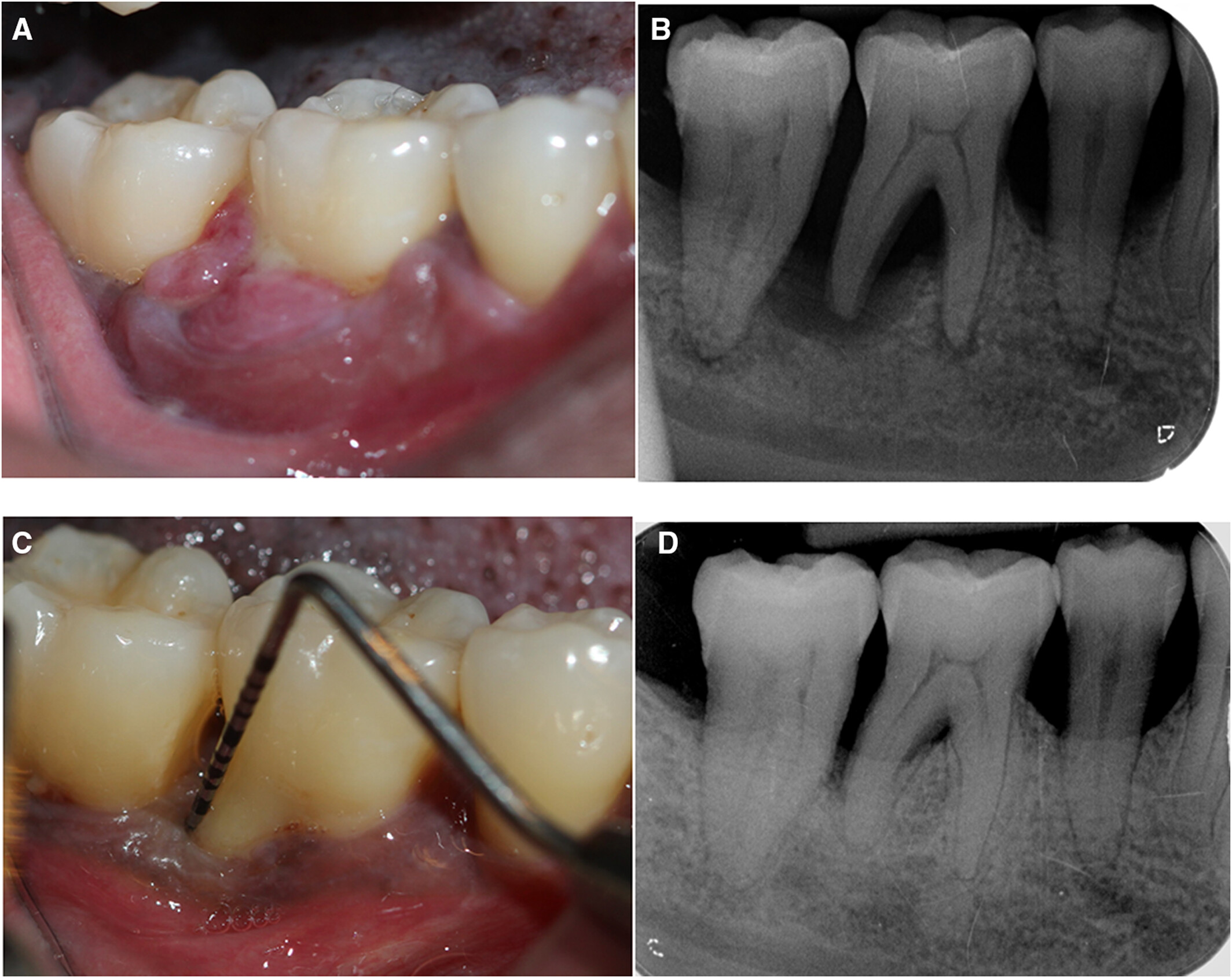
Curettage
Dental curettage is a procedure used to treat gum disease by removing infected tissue and debris from below the gumline. It’s often performed to address periodontal disease and promote gum tissue healing.
Read
more



